In this non-fiction passage, students learn about the zebra. Where does the zebra live? What does it eat? How does it look like?
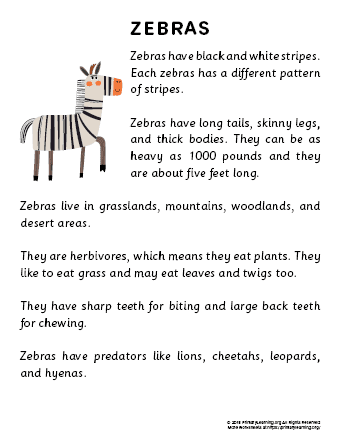

In this non-fiction passage, students learn about the zebra. Where does the zebra live? What does it eat? How does it look like?

In this non-fiction passage, students learn about the penguin. Where does the penguin live? What does it eat? How does it look like?
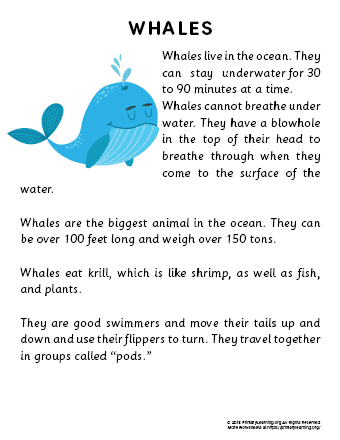
In this non-fiction passage, students learn about the whale. Where does the whale live? What does it eat? How does it look like?
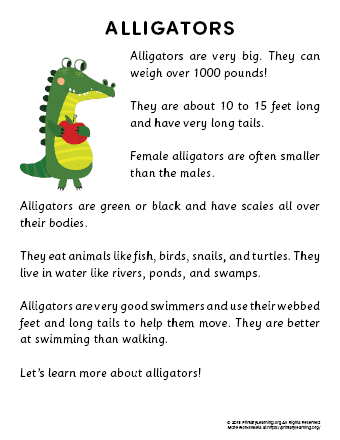
In this non-fiction passage, students learn about the alligator. Where does the alligator live? What does it eat? How does it look like?
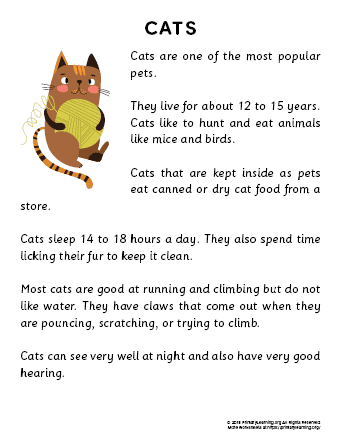
In this non-fiction passage, students learn about the cat. Where does the cat live? What does it eat? How does it look like?
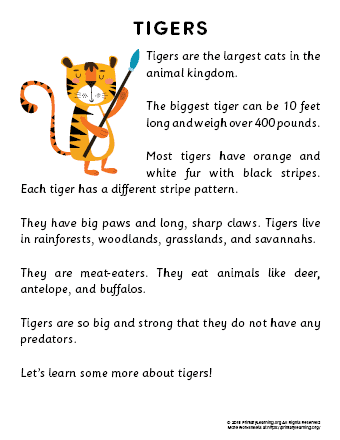
In this non-fiction passage, students learn about the tiger. Where does the tiger live? What does it eat? How does it look like?
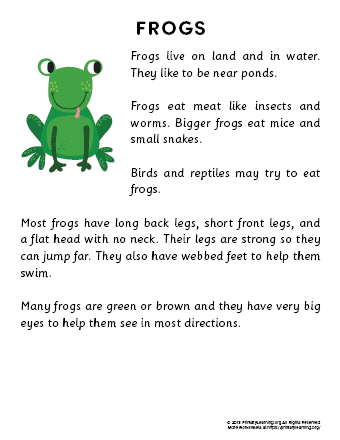
In this non-fiction passage, students learn about the frog. Where does the frog live? What does it eat? How does it look like?
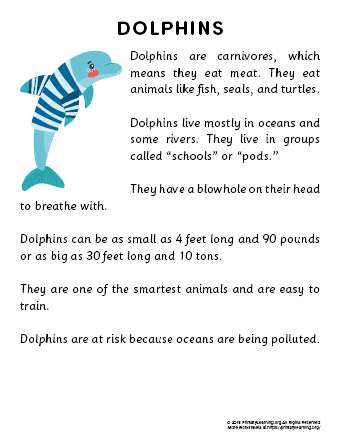
In this non-fiction passage, students learn about the dolphin. Where does the dolphin live? What does it eat? How does it look like?
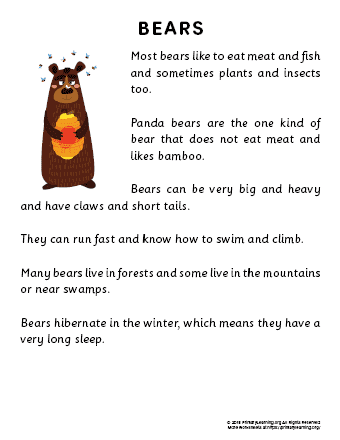
In this non-fiction passage, students learn about the bear. Where does the bear live? What does it eat? How does it look like?
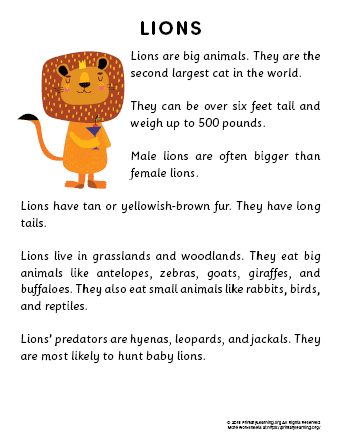
In this non-fiction passage, students learn about the lion. Where does the lion live? What does it eat? How does it look like?
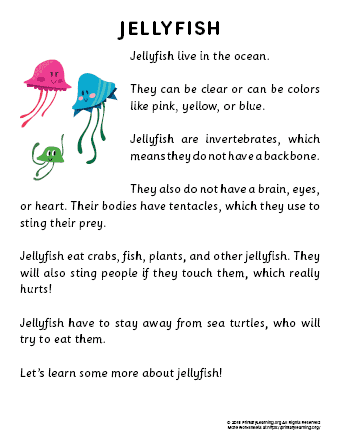
In this non-fiction passage, students learn about the jellyfish. Where does the jellyfish live? What does it eat? How does it look like?
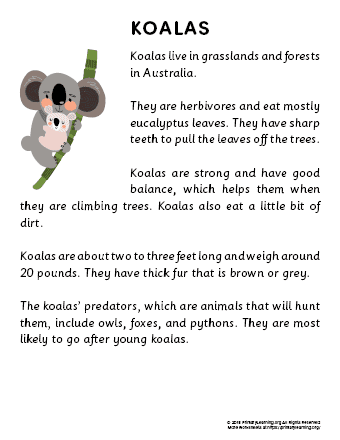
In this non-fiction passage, students learn about the koala. Where does the koala live? What does it eat? How does it look like?
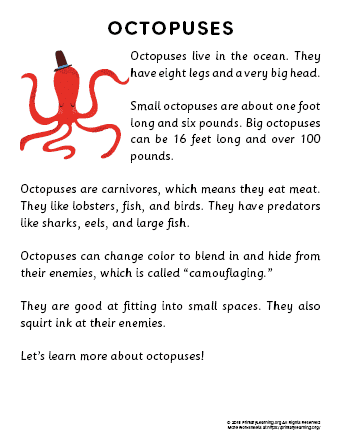
In this non-fiction passage, students learn about the octopus. Where does the octopus live? What does it eat? How does it look like?
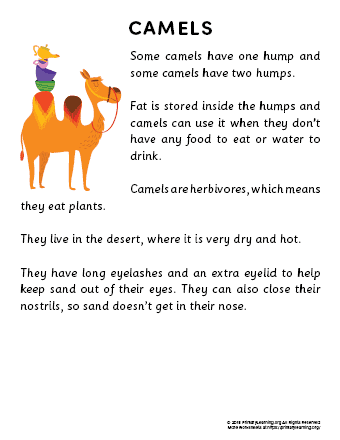
In this non-fiction passage, students learn about the camel. Where does the camel live? What does it eat? How does it look like?
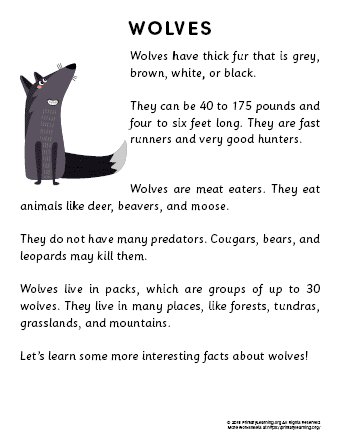
In this non-fiction passage, students learn about the wolf. Where does the wolf live? What does it eat? How does it look like?
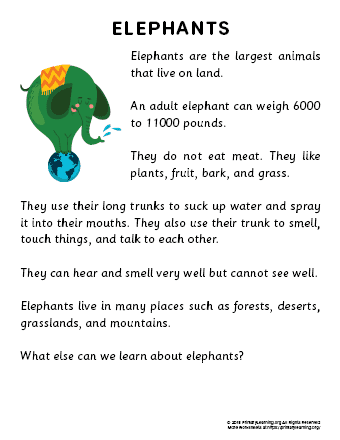
In this non-fiction passage, students learn about the elephant. Where does the elephant live? What does it eat? How does it look like?
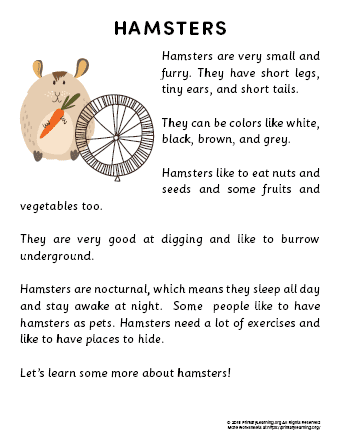
In this non-fiction passage, students learn about the hamster. Where does the hamster live? What does it eat? How does it look like?
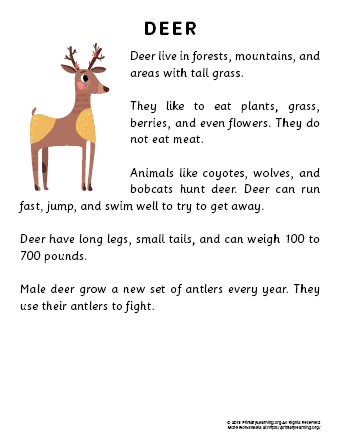
In this non-fiction passage, students learn about the deer. Where does the deer live? What does it eat? How does it look like?
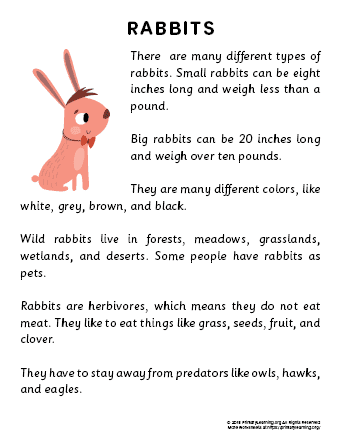
In this non-fiction passage, students learn about the rabbit. Where does the rabbit live? What does it eat? How does it look like?
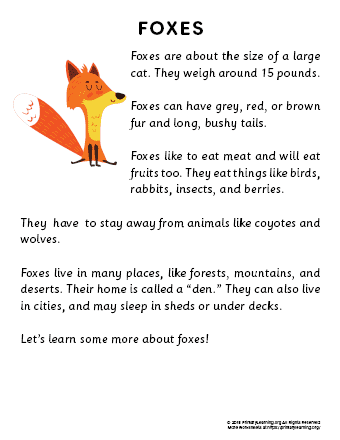
In this non-fiction passage, students learn about the fox. Where does the fox live? What does it eat? How does it look like?
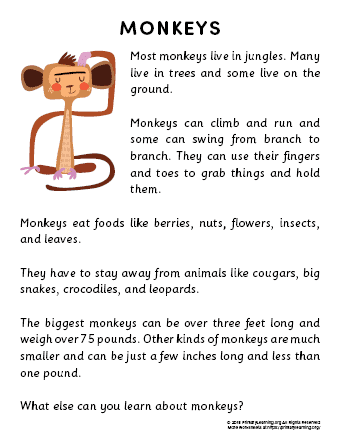
In this non-fiction passage, students learn about the monkey. Where does the monkey live? What does it eat? How does it look like?
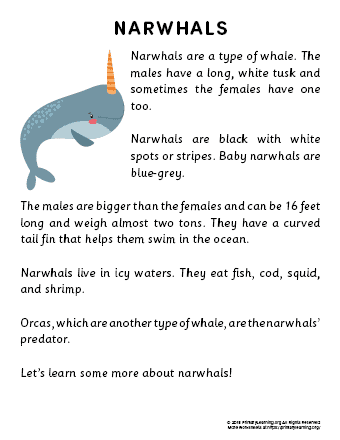
In this non-fiction passage, students learn about the narwhal. Where does the narwhal live? What does it eat? How does it look like?
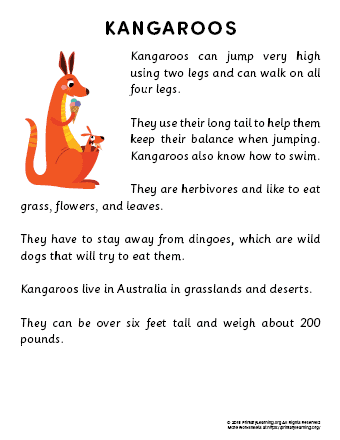
In this non-fiction passage, students learn about the kangaroo. Where does the kangaroo live? What does it eat? How does it look like?
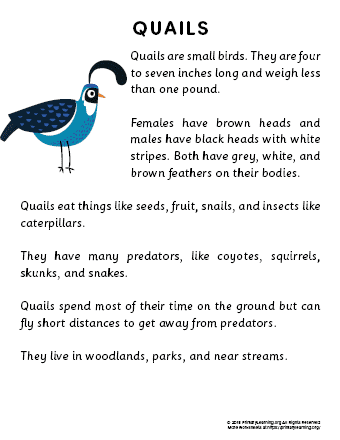
In this non-fiction passage, students learn about the queen bee. Where does the queen bee live? What does it eat? How does it look like?
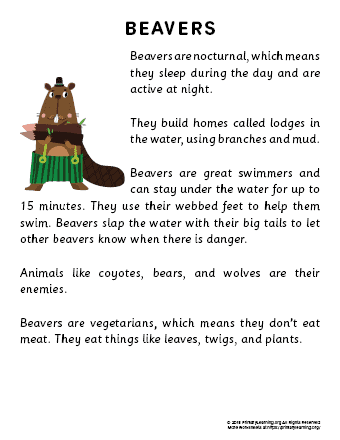
In this non-fiction passage, students learn about the beaver. Where does the beaver live? What does it eat? How does it look like?
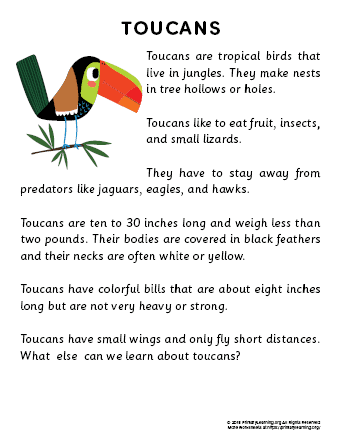
In this non-fiction passage, students learn about the toucan. Where does the toucan live? What does it eat? How does it look like?
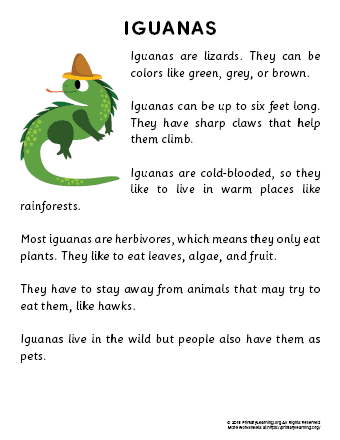
In this non-fiction passage, students learn about the iguana. Where does the iguana live? What does it eat? How does it look like?

In this non-fiction passage, students learn about the raccoon. Where does the raccoon live? What does it eat? How does it look like?
Join PrimaryLearning.Org for Free Access
By clicking 'Create Account' above, I agree that I have read and agree to PrimaryLearning.Org's Terms of Use and Privacy Policy.
Members receive PrimaryLearning.Org emails. You can unsubscribe anytime.